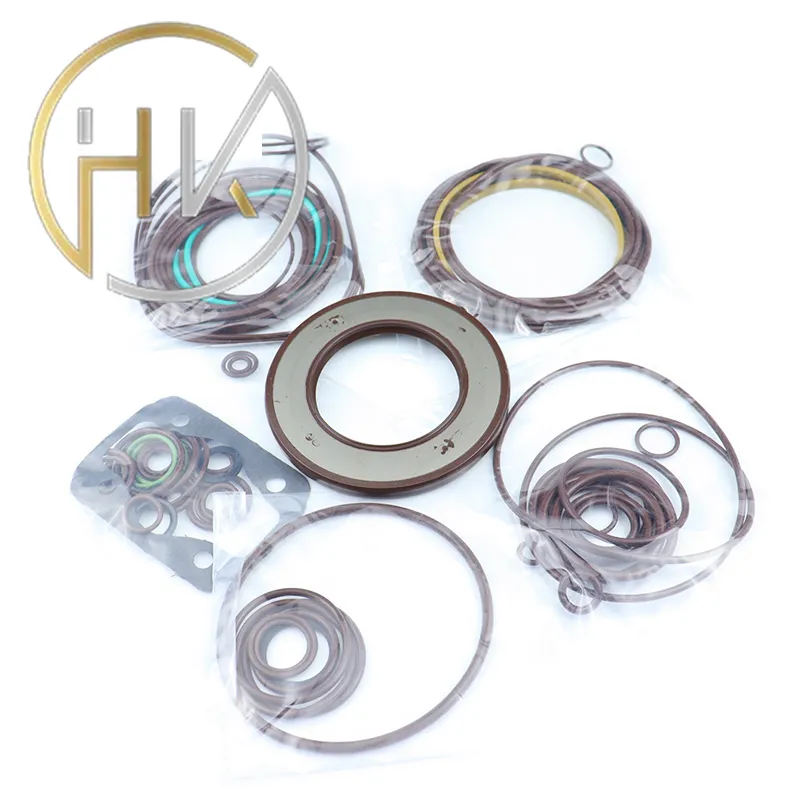វិច្ឆិកា . 02, 2024 19:13 Back to list
wiper seals
Understanding Wiper Seals Essential Components for Optimal Performance
Wiper seals play a crucial role in various machinery and automotive applications, serving as vital components that help ensure the smooth operation of moving parts. These seals, often made from rubber or other elastomeric materials, are designed to prevent dirt, dust, and other contaminants from entering the mechanical systems they protect. Given their importance, understanding the function and maintenance of wiper seals is essential for anyone involved in the manufacturing or maintenance of machinery.
At the core of a wiper seal's purpose is its ability to keep foreign substances at bay. In hydraulic cylinders, for example, wiper seals are placed at the outer edge of the piston rod to wipe away any debris as the rod extends and retracts. This prevents contamination from entering the hydraulic system, which can lead to reduced performance, increased wear, and even catastrophic failure if left unchecked. By maintaining a clean operating environment, wiper seals help extend the lifespan of the hydraulic components and ensure efficient operation.
Material choice is paramount when it comes to wiper seals. Different applications require specific materials that can endure various operating conditions, including temperature extremes, exposure to chemicals, and mechanical stress. Today’s wiper seals are often constructed from high-performance materials like polyurethane, nitrile, and fluorocarbon, which boast excellent durability and resistance to wear and tear. The right material not only enhances the effectiveness of the seal but also optimizes performance and longevity.
wiper seals

The design of wiper seals has also evolved significantly over the years. Innovations such as multi-lip sealing systems and unique profile shapes have enhanced their capability to trap contaminants and prevent leakage. A well-designed wiper seal will efficiently direct the flow of extruded fluid back into the system while effectively clearing the rod of any debris. This dual function is critical, especially in hydraulic and pneumatic applications, where even a small amount of contamination can lead to considerable issues.
Regular maintenance and inspection of wiper seals are essential to their longevity and efficacy. Operators should routinely check for signs of wear, such as cracks, tears, or deformation. Keeping the surrounding areas clean and ensuring that the seals are properly lubricated can also help prevent premature failure. If a wiper seal does begin to show signs of damage, it is crucial to replace it promptly to avoid the risk of system failure.
In summary, wiper seals, despite their seemingly small size, play a significant role in the performance and longevity of mechanical systems across various industries. By preventing contaminants from entering critical components, they contribute to the overall efficiency and reliability of machinery. Understanding the importance of wiper seals—along with proper material selection, design considerations, and maintenance practices—can greatly enhance operational effectiveness and reduce maintenance costs. In a world where precision and reliability are paramount, the humble wiper seal should not be overlooked.
-
The Trans-formative Journey of Wheel Hub Oil Seals
NewsJun.06,2025
-
Graphene-Enhanced Oil Seals: Revolutionizing High-Pressure Oil Sealing
NewsJun.06,2025
-
Future of Hydraulic Sealing: Advanced Intelligent TCN Oil Seals
NewsJun.06,2025
-
Don’t Let a Broken TCV Oil Seal Ruin Your Day
NewsJun.06,2025
-
Bio-Inspired Dust Seals for Better Sealing Performance
NewsJun.06,2025
-
Biodegradable and Sustainable Hydraulic Seal Materials
NewsJun.06,2025
-
Top Oil Seal Solutions for Your Industrial Needs
NewsMay.22,2025
Products categories
















